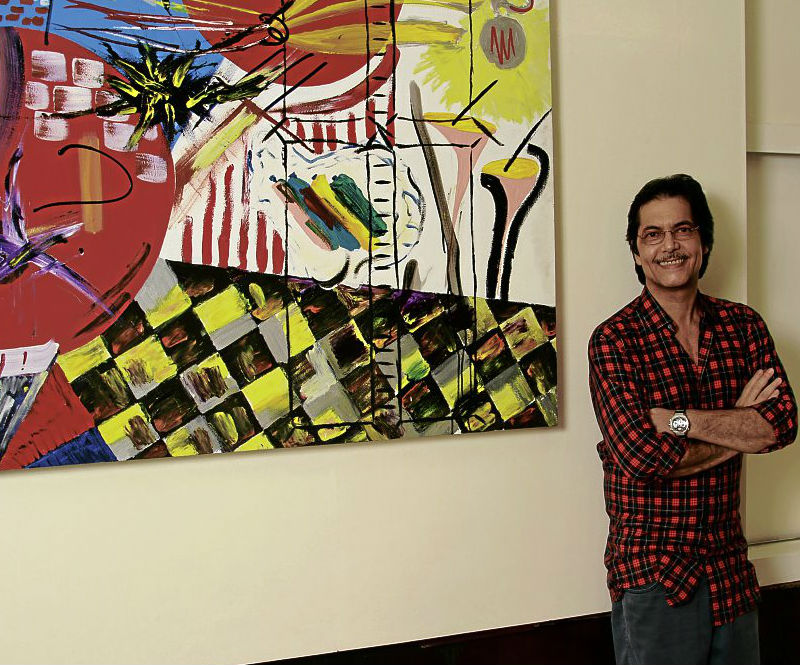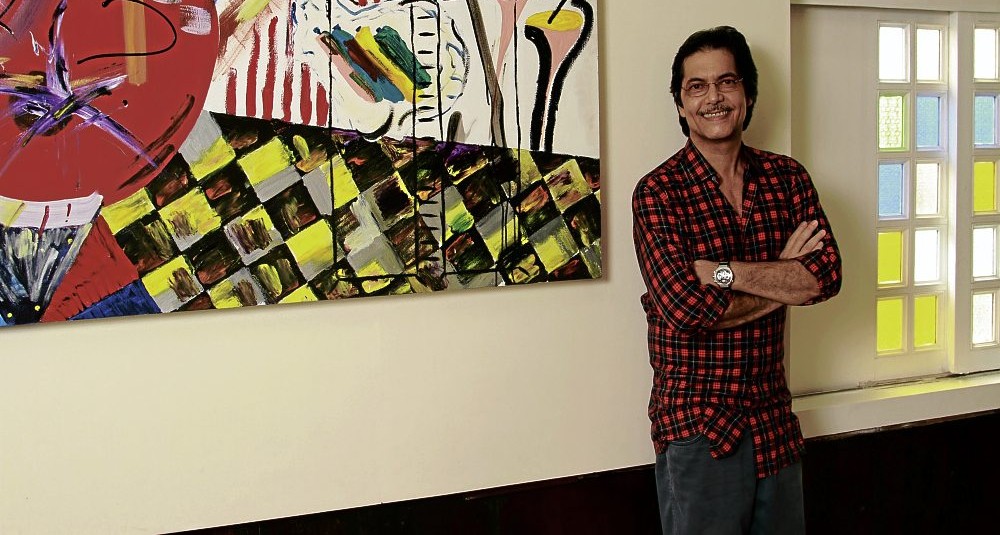

Once majestic, the ancestral houses in Quiapo have fallen to urban decay. The affluent families have moved to Makati, leaving the old residences in disrepair and often rented out to lower-income families.
Amid the squalor, the whitewashed façade of the Padilla residence stands out. Decked with vintage wrought-iron lamps, it glistens with romance at night, giving hope to a decaying district.
Real-estate scion/artist Manuel Padilla renovated the ancestral home on Hidalgo Street into a gallery and retail space. His dream is to revive Quiapo and turn it into a tourist destination similar to the white stone-house districts in Singapore or Seville.
When Padilla inherited the ancestral home from his father, he invested heavily in changing the roofs, salvaging the narra flooring, and transferring them to the façade, and changing capiz windows to antique stained-glass mosaic.
“The house was built in 1880 and was restored twice,” he said. “I inherited it from my father, Augusto. It was like Humpty Dumpty who fell from the wall.”
Fond memories
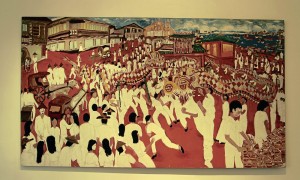
The second floor is being transformed into Padilla’s studio and art gallery for students and artists who have no access to galleries. To keep the house alive, the first floor is rented out to shops such as La Pacita Biscuit, which was founded in 1904.
He maintained the black-and-white tiled floors on the ground floor; the narra doors, ventanillas; the narrow staircase with its turned balusters and Art Deco window grills. Everything else has been streamlined for easy maintenance.
Padilla has fond memories of Quiapo. He would watch the throng of devotees in the Black Nazarene procession from the capiz windows of his ancestral home and play at the neighboring pagoda house built by a cousin, Cañisa Lanuza.
He plans invite his friends to experience the Quiapo he once knew.
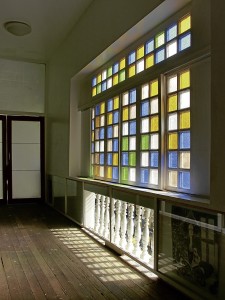
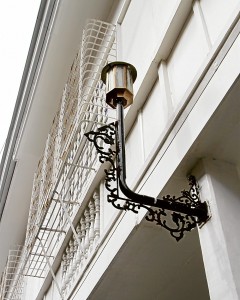
After studying in Xavier, Padilla took up Physical Therapy at the University of Santo Tomas.
The older Padilla had wanted him to go to a medical school in Navarra. Instead, Padilla followed his heart and took up Industrial Design at Polytecnico de Valencia. There he learned to pick up the brush and sketch.
Upon returning to Manila in the ’80s, he ventured into creating computers. The competition with the mass-produced foreign brands was too stiff for him to thrive. Padilla went into the family real-estate business.
Painting lessons
Meanwhile, he continued to pursue his artistic interest by taking painting lessons with Rene Robles and portraiture under Maridel Coching.
His style is characterized by complete freedom from rules and hasty, unplanned personal expression. His early abstractions were large-scale, free-wheeling, sweeping brushstrokes, some of which looked like happy accidents. Over time, Padilla showed more control of his technique with defined abstract images.
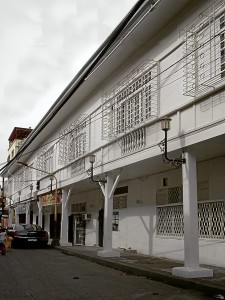
Padilla has been working on Filipiniana themes such as the Black Nazarene procession, a fiesta, Masskara festival, and the Chinese New Year, all of which set in the 19th century and imbued with scenes of daily life.
One of the strongest pieces is the orange-themed Binondo scene with dragon dances, vendors selling tikoy on the foreground, while boats on Manila Bay and the throng of people in white heading toward the church form the background.
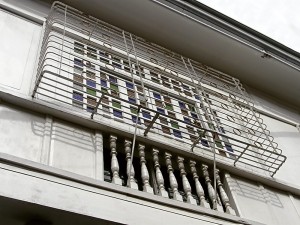
Then there’s another mural of the Nazarene being transported from the church. In some works, the faces are still blank, waiting to be portraits of Padilla’s friends.
Padilla says he likes to work in series, as much as 20 pieces, just to get the canvas perfect.
Like his paintings, the gallery is a work in progress. Padilla hopes the restoration of the ancestral home would remind people of the graciousness and urbanity of the past.

